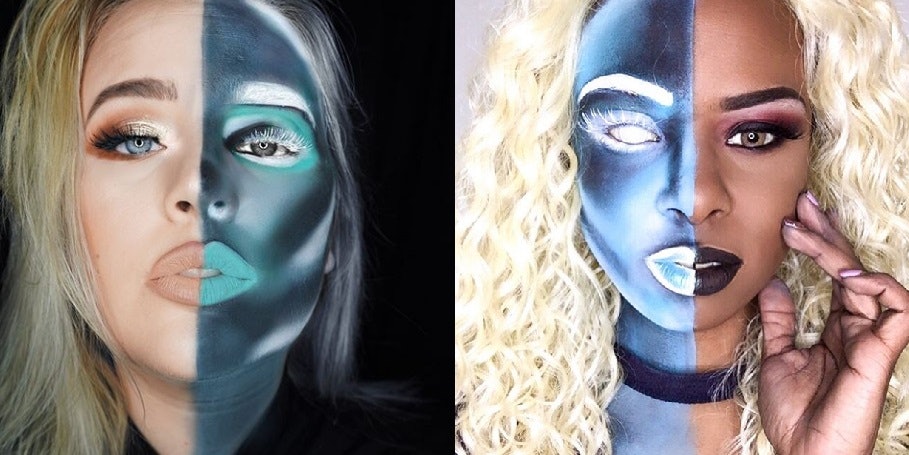
This "all colors except red" would show up in your vision as cyan color, the exact same color if you would shift the color wheel 180°. "All color but red" happens to activate our cone cells exactly the same amount as "true" cyan. This is how monitors work, showing you more than three individual colors despite having three color LEDs. If your eyes receive red, green, and blue light in a way that excites your cone cells the same exact amount as what true yellow light will, you will perceive the light as that color. You can already see the drawback in this method of perceiving color. For example, seeing yellow light will intensely activate long and medium cells, while only activating a bit of the short wavelength cells. Our eyes detect color by measuring the ratio of activation of these three cells. There are three different types, with each sensitive to short, medium, and long wavelengths of light. As you might have already known, we detect color by our cone cells in the retina.

The answer is because of how our eyes work. So why do we see these as the same color? In reality, these two colors ("true" cyan, and "all colors but red" cyan) which look exactly the same to your eyes, have vastly different frequency spectra.

Now you have light of every color, except red. That means in the visible light spectrum number line you'd have some amount of red light and no light of other colors.

Imagine you have a monochromatic red light. Inverting colors, at its simplest, means exactly that.


 0 kommentar(er)
0 kommentar(er)
